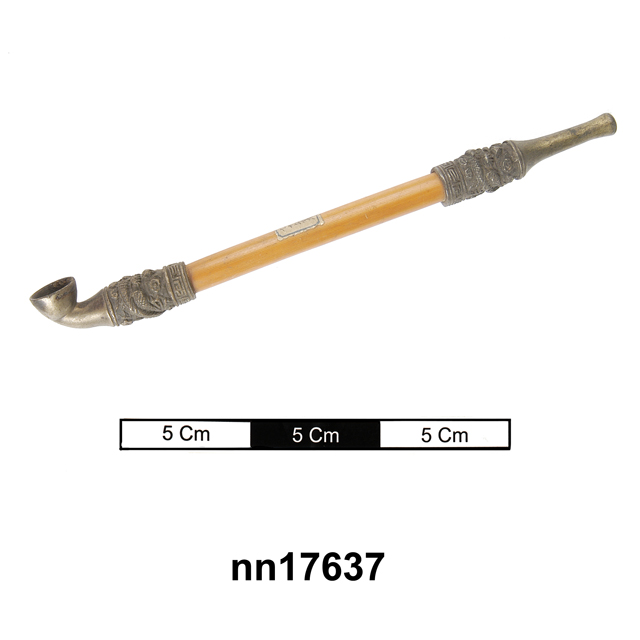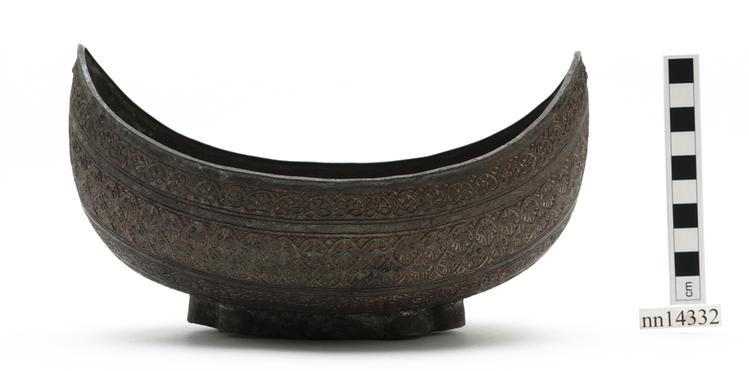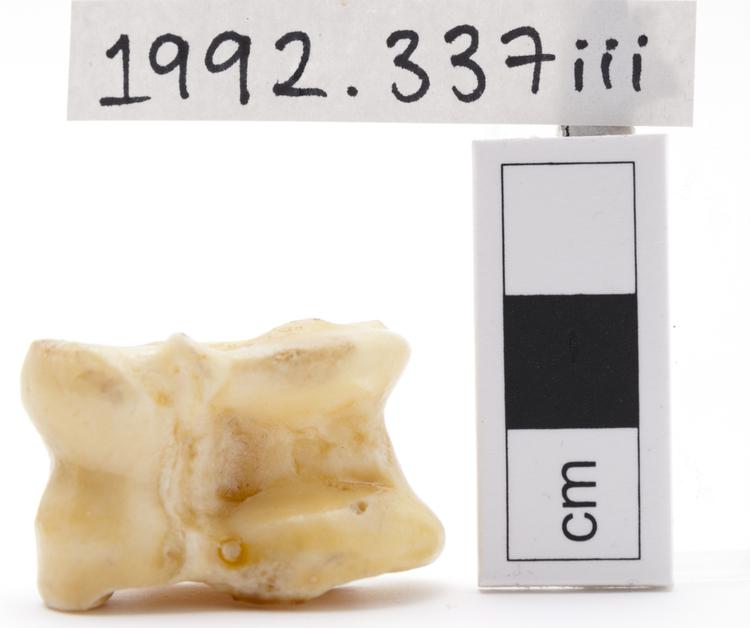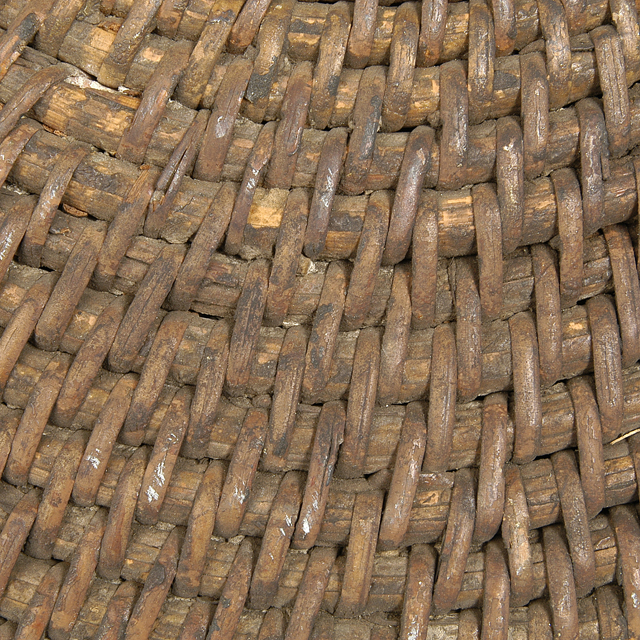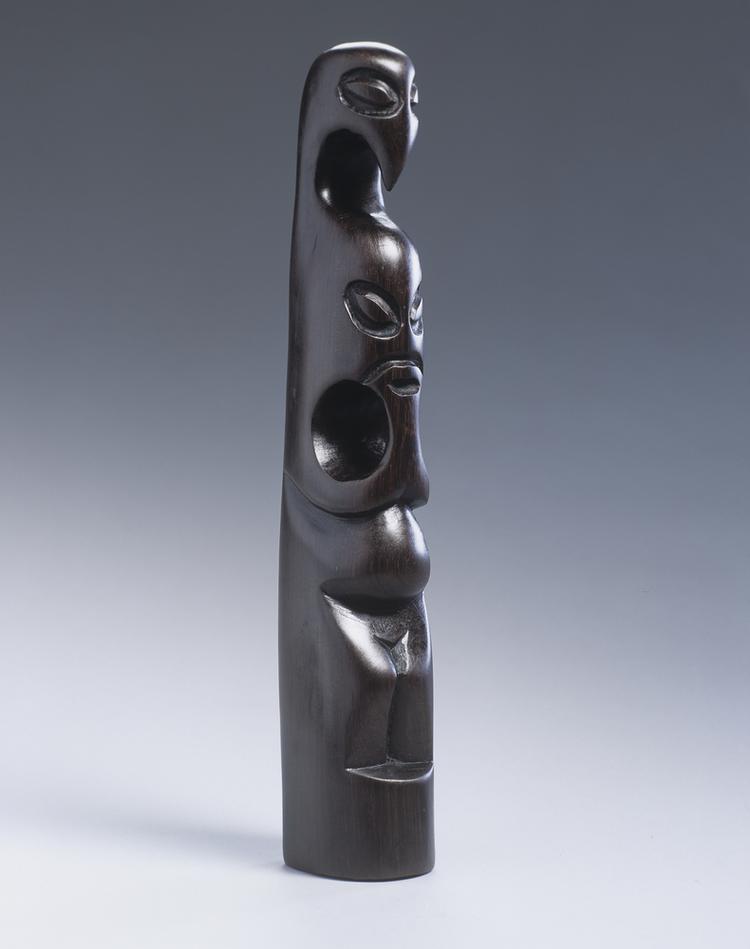
'Shaman' or 'piaiman' - this is another carving by Roland Taylor using banya wood. It depicts the shaman or piaiman, as he is known in the Amerindian community. The piaiman 'looks after everything in the community.' He forecasts or tells the fortunes of the community and play pivotal roles in the healing activities within the Amerindian communities. The role of the piaiman is now diminished in many Amerindian societies but the belief in the magical powers held by these near-mythical human beings is still strong. The shaman appears in many tales and the artwork of the Amerindian people perhaps because his knowledge of the plants and animals and the inherent mystical powers and interconnections between the natural and the cultural are viewed as a general representation of the Amerindian worldview. A worldview that had seen the exertion of intense external and internal pressures and subsequent transformation. The image of the shaman is used to re-construct a new image of the Amerindian identity: an identity that is linked to the extensive knowledge of the link between the human and natural environments. Also called 'Kanaima sculpture' on label.
A small sculpture of very smooth dark wood topped by the head and beak of a bird, with a humanoid figure below. 'R. Taylor' is carved into the base of the sculpture.



